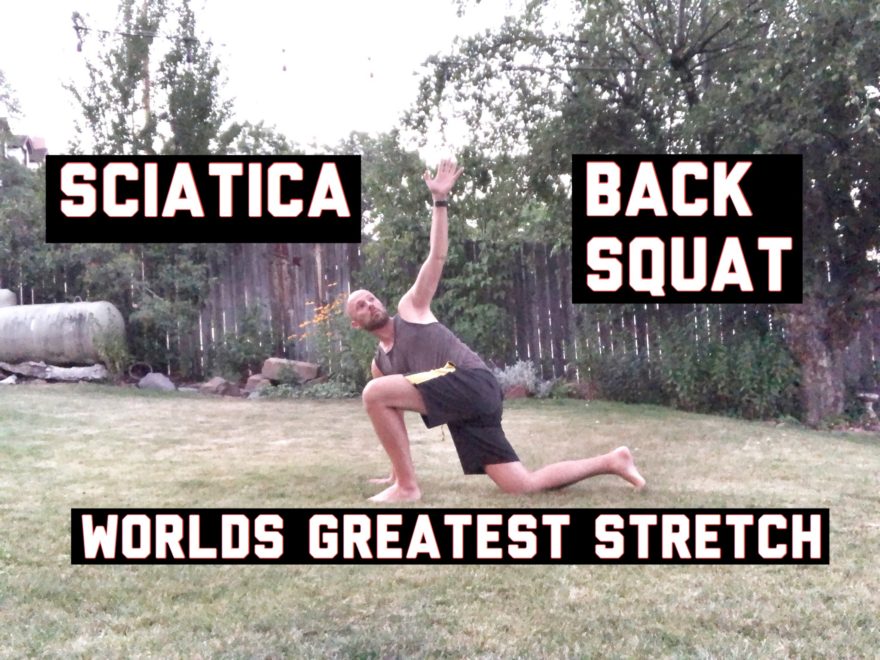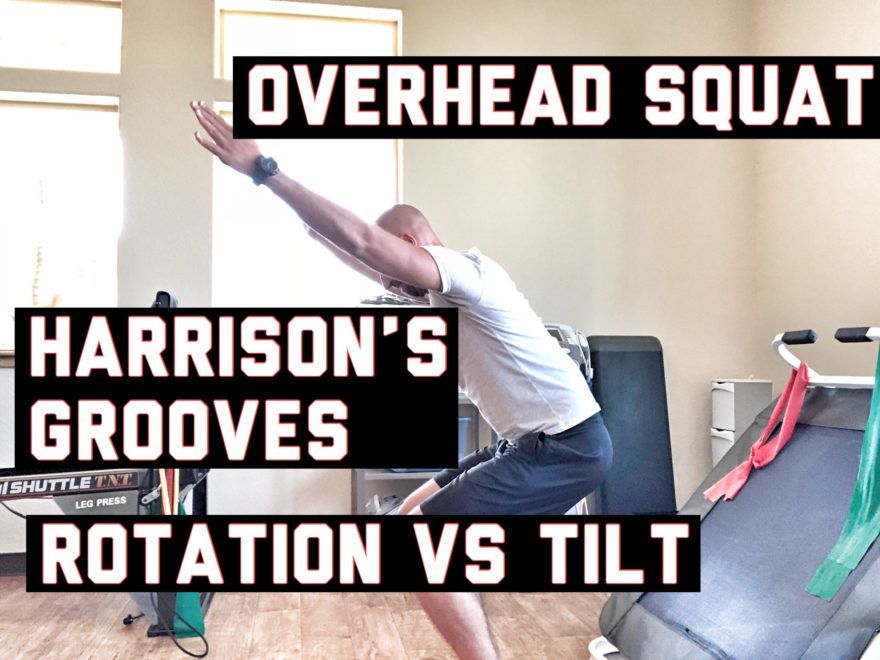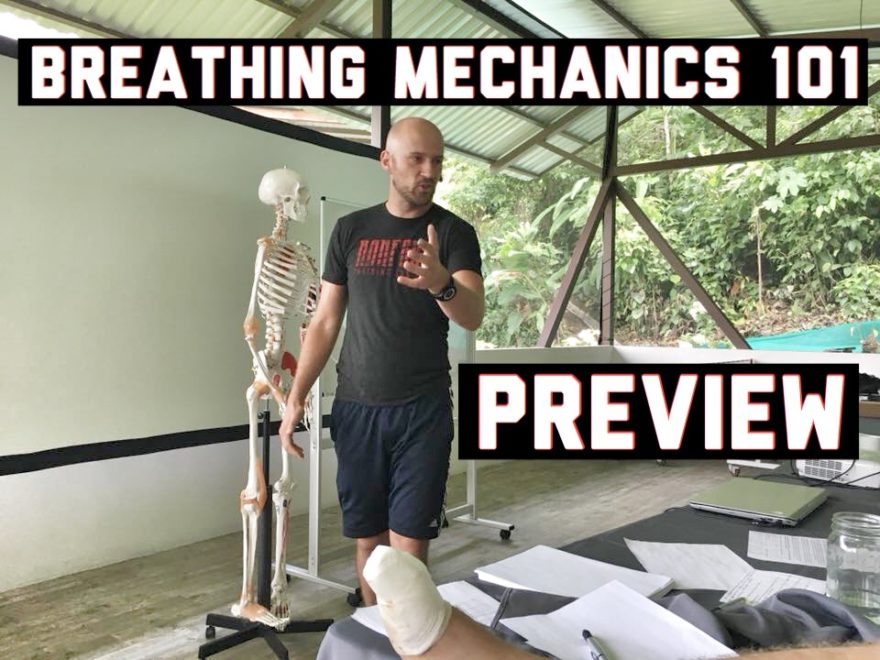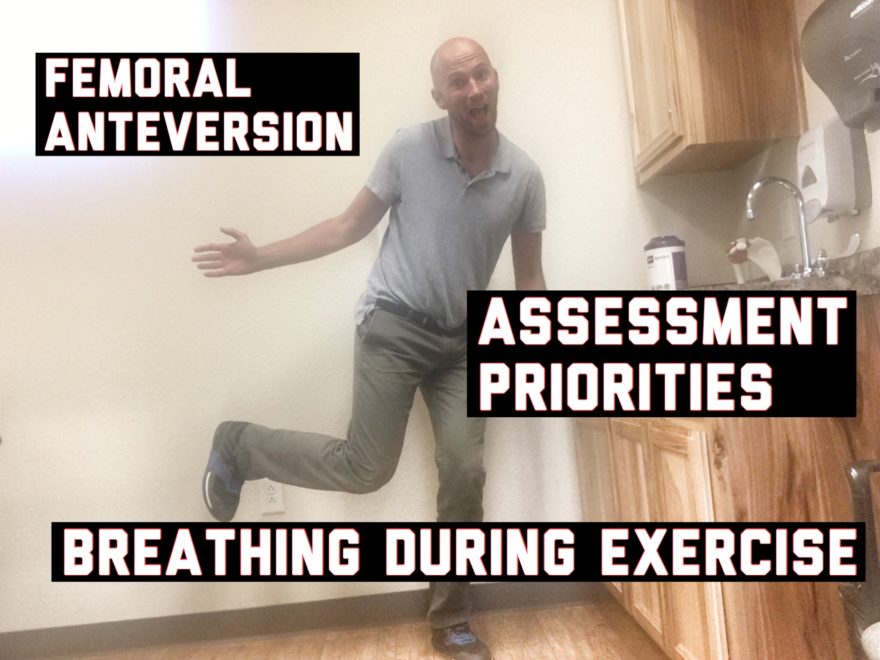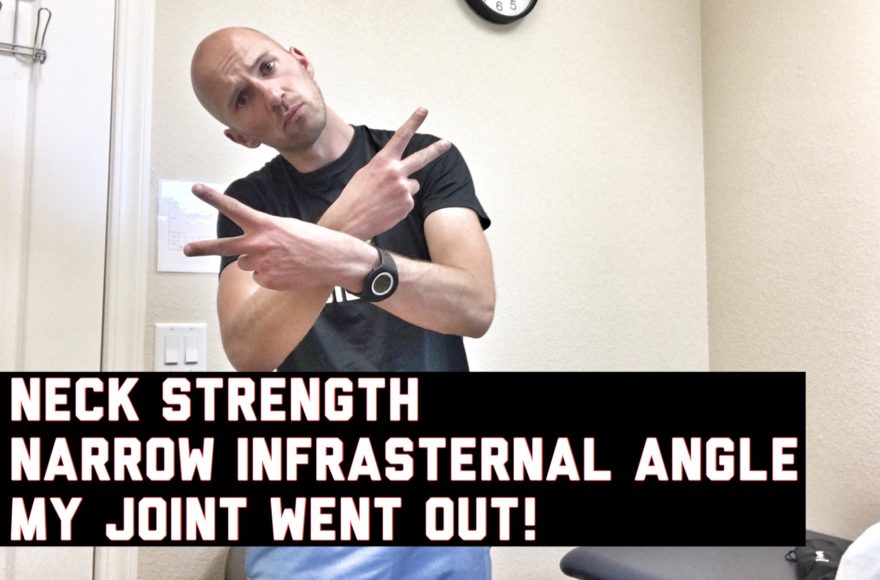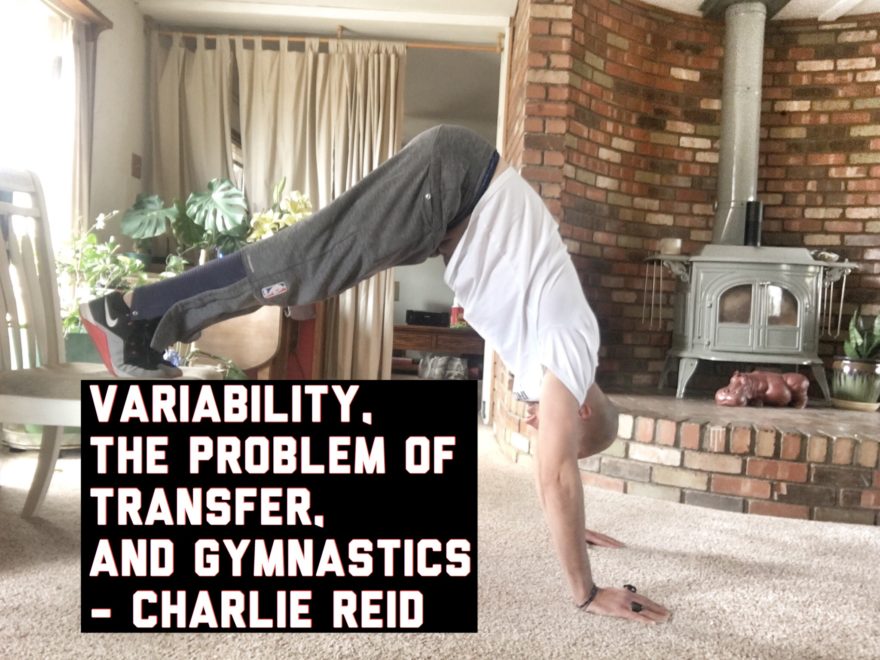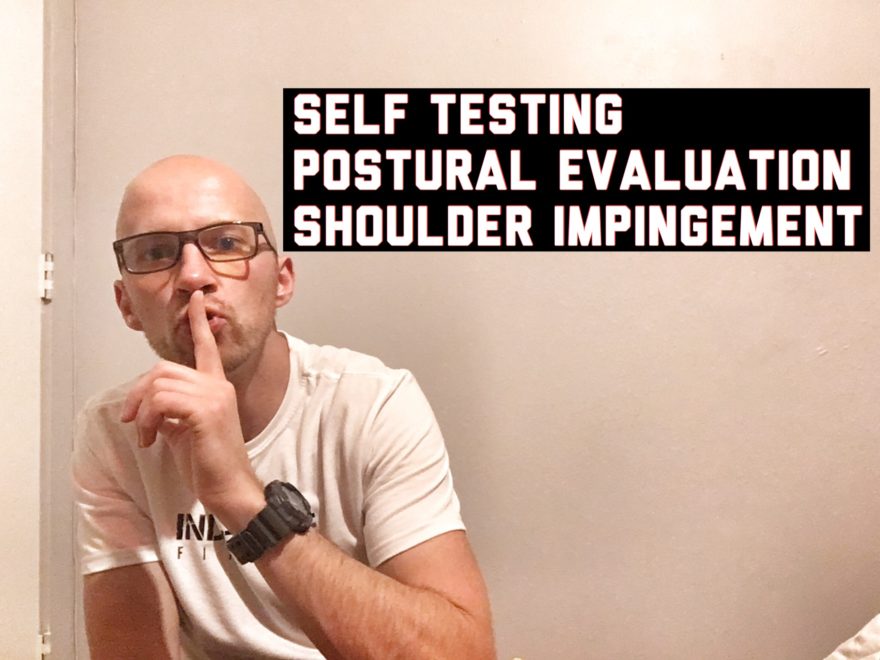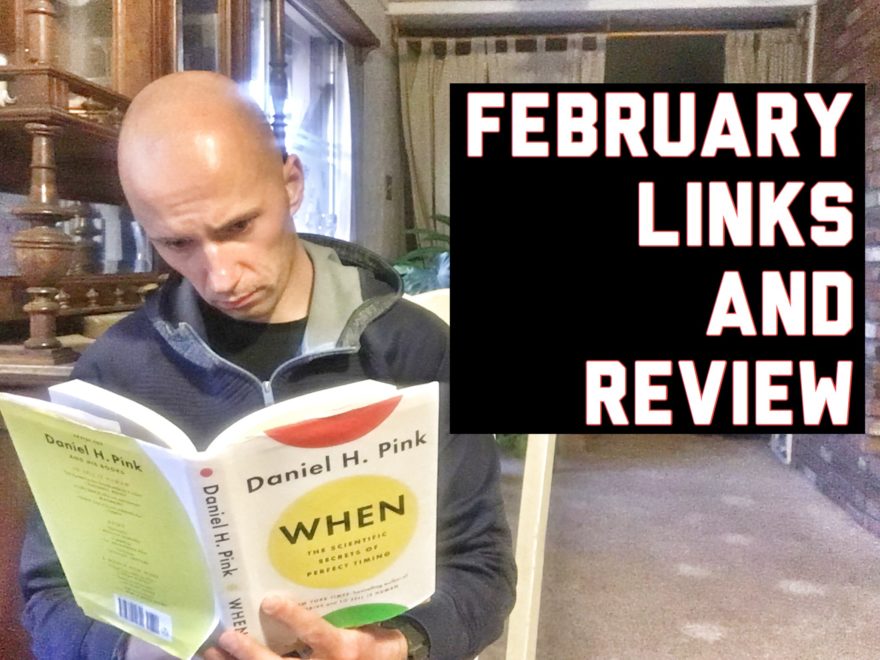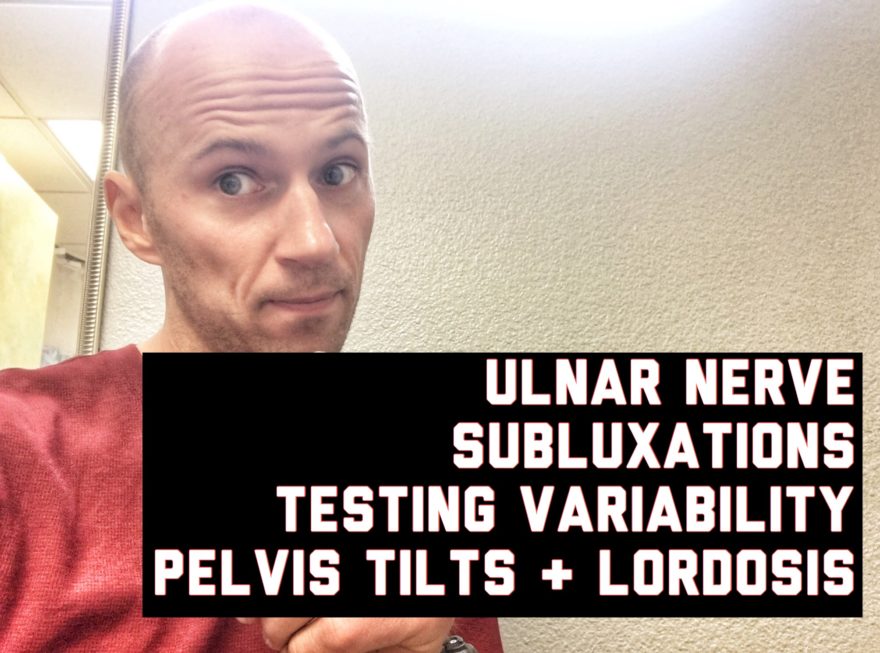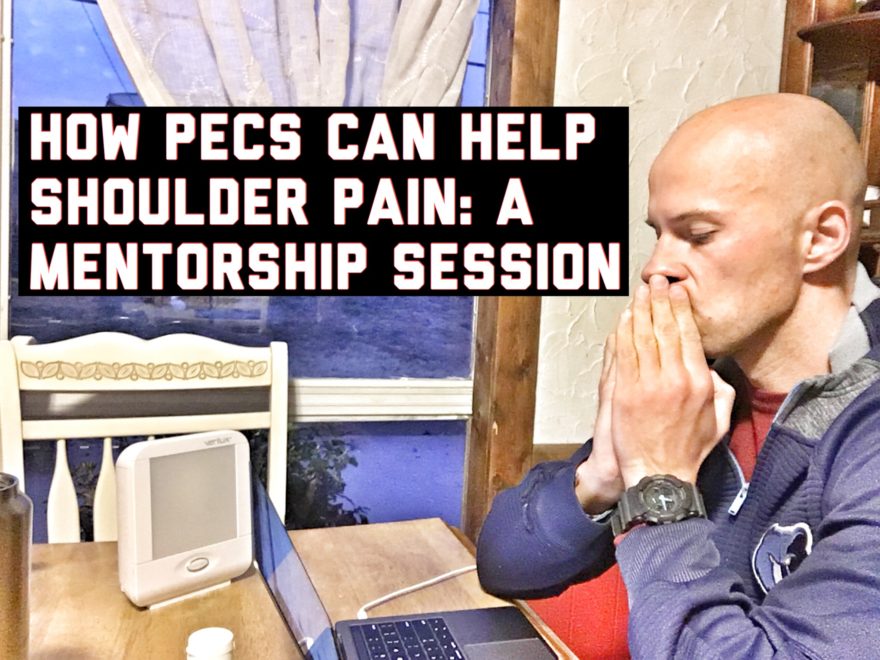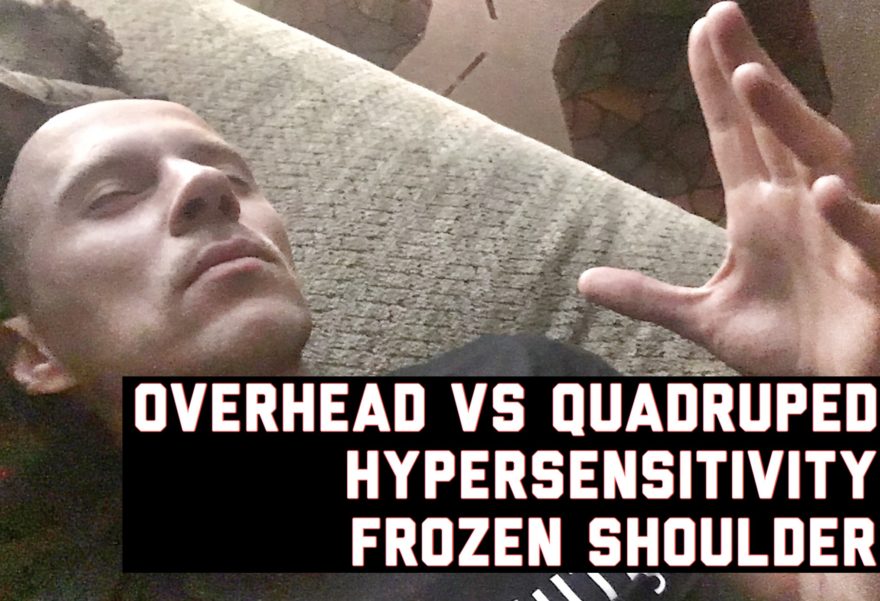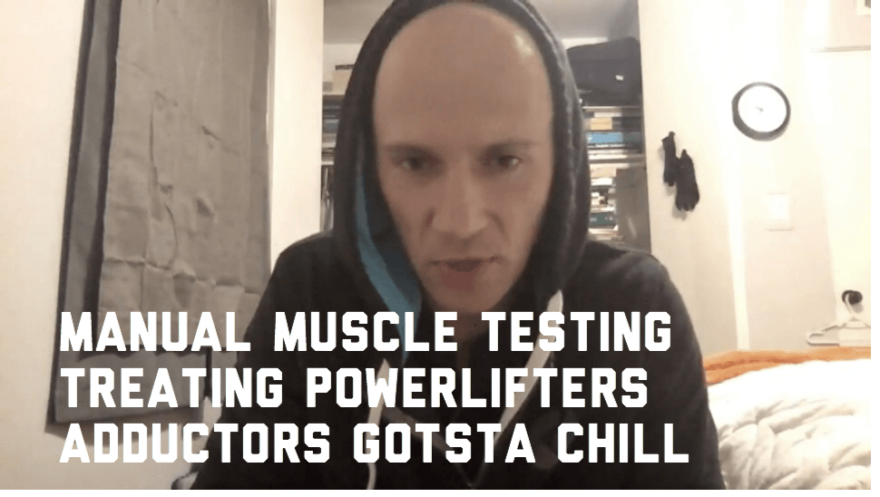Movement Debrief Episode 54 is in the books. Below is a copy of the video for your viewing pleasure, and audio if you can’t stand looking at me. Here is the set list: What is sciatica? What methods can be used to treat sciatica? What is so special about the world’s greatest stretch? Is stretching the upper and lower body beneficial? What coaching cues do I use when coaching a back squat? Are there different coaching considerations for a narrow or wide ISA on the back squat? If you want to watch these live, add me on Facebook or Instagram.They air every Wednesday at 7pm CST. Enjoy! and the audio version… Here were the links I mentioned: Sign-up for the Human Matrix in Seattle, WA on September 15-16th here Sign up for the Human Matrix in Kansas City, KS on October 27-28th here Sign-up for the Human Matrix in Portland, OR on November 10-11 here Here is how you can palpate the sciatic nerve tract (some Yung Z right here) Here is how to perform the slump test Here is how to perform the straight leg raise Here is all you need on the thorax And a bunch of stuff on the hips Click here to read a bunch of stuff on neurodynamics Thoughts on Post-Workout Stretching Stop Stretching, You’re Wasting Your Time – Here’s What to do Instead Here is the world’s greatest stretch Pat Davidson Here’s a signup for my
Read More